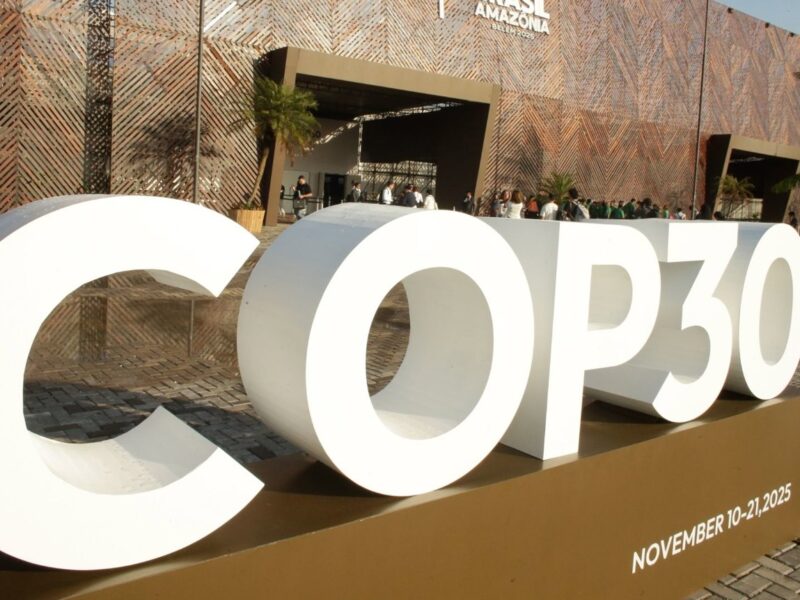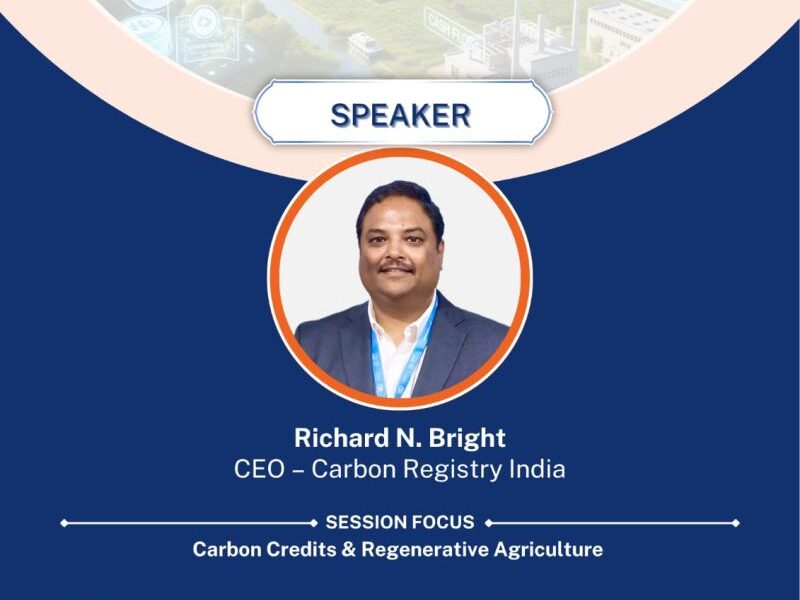A carbon methodology, also known as a carbon accounting methodology or carbon offset methodology, is a standardized set of rules and procedures used to quantify and verify greenhouse gas (GHG) emissions reductions or removals associated with a specific project or activity. These methodologies provide a framework for assessing the environmental impact of a project and determining the carbon credits or offsets that can be generated.
Carbon methodologies establish guidelines for calculating baseline emissions, identifying project boundaries, selecting appropriate measurement techniques, and determining additionality—the extent to which emissions reductions or removals go beyond what would have occurred in the absence of the project.
Key features of a carbon methodology may include:
- Baseline determination: It defines how the baseline scenario—the emissions that would have occurred in the absence of the project—is established. This serves as a reference against which emissions reductions are measured.
- Additionality assessment: It outlines the criteria and tests used to demonstrate that the project’s emissions reductions or removals are additional, meaning they would not have happened without the project. Additionality ensures that the project’s impact is real and quantifiable.
- Project boundaries: It specifies the geographic, operational, and temporal boundaries of the project, determining what activities and emissions are included or excluded from the calculations.
- Emissions quantification: It provides guidance on how to measure, calculate, and report emissions reductions or removals associated with the project. This involves selecting appropriate methodologies, emission factors, and data collection techniques.
- Monitoring, reporting, and verification (MRV): It establishes procedures for monitoring project activities, collecting data on emissions, and reporting the results. Verification ensures the accuracy and reliability of the reported emissions reductions through independent third-party audits.
- Stakeholder engagement: Some methodologies require or encourage stakeholder consultation and involvement to ensure transparency, accountability, and social acceptance of the project.
Carbon methodologies are often developed and maintained by recognized standard-setting bodies, such as the Clean Development Mechanism (CDM), Carbon Registry-India Standard (CRIS), Verified Carbon Standard (VCS), Gold Standard, or specific national or regional regulatory programs. These organizations continuously review and update the methodologies to align with scientific advancements, best practices, and policy requirements.
By following an approved carbon methodology, projects can generate carbon credits or offsets that can be traded or used to demonstrate emissions reductions for compliance purposes or voluntary sustainability initiatives.


